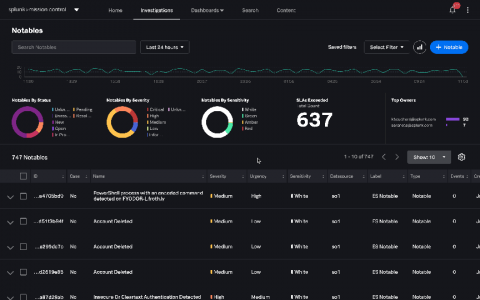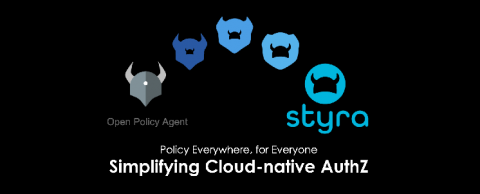Security | Threat Detection | Cyberattacks | DevSecOps | Compliance
%term
Effective Threat Intelligence Through Vulnerability Analysis
Vulnerabilities are weaknesses leveraged by adversaries to compromise the confidentiality, availability or integrity of a resource. The vulnerability ecosystem has matured considerably in the last few years. A significant amount of effort has been invested to capture, curate, taxonomize and communicate the vulnerabilities in terms of severity, impact and complexity of the associated exploit or attack.
Social Engineering: Hacking Brains...It's Easier than Hacking Computers
The audience in the room is weirdly quiet. The contestant is in a small plexiglass booth with nothing but a phone, a laptop computer and some notes. On a set of speakers outside, the booth broadcasts the sounds of a dial tone as a woman on the stage begins to dial a number. It is apparent she is not phoning a friend. The dial tone changes to a ring tone, and moments later, the other end picks up. “Hello… IT department.
Cyber Armor for Google Traffic Director gRPC Proxyless Services
In its latest announcement of Traffic Director’s support for gRPC Proxyless services in service mesh Google addresses the well-known (yet less spoken of) trade offs for using sidecars to handle networking on behalf of your applications.
What is ICMP?
Being a supporting protocol in the Internet protocol suite, ICMP is often preferred by network devices to send error messages and similar information. Keep reading to learn more! In order to maintain the security and safety of networks, maintaining a successful communication between devices is essential. That is why protocols like ICMP are very important and popular as of today. In this article, we will discuss what ICMP is and why you need it. What is ICMP?
A Unified Security Operations Platform: Splunk Mission Control
Security is easy, right? Get yourself a patchwork of security point products meant to solve one or two specific problems, and your organization is safe from threats! Ah, if only it were that simple… In reality, security operations are disjointed and complex. Security visibility and functionality (i.e. threat detection, investigation, containment and response capabilities) are often divided among a multitude of different security products (e.g.
Securing Your Kubernetes Journey with ChartCenter
Adopting cloud native technologies like Kubernetes and Helm means your company’s operations can sail swiftly across the globe’s oceans to reach teams and customers. But there are dangers in the deep. With many components in Kubernetes, securing every dimension can be quite challenging and require a bit of learning curve. Let’s identify some important best practices that can help you to steer straight.
Do you trust your cache? - Web Cache Poisoning explained
As we are all currently confined to a life at home during the pandemic, it has become more important than ever that our favorite web applications stay fast and reliable. Many modern web applications use web caches to keep up with these demands. While this works wonders from a performance perspective, it also opens up new attack vectors. One of these new attack vectors is called Web Cache Poisoning.
Unified cloud-native authorization: Policy everywhere and for everyone
When we started Styra, we set out to rethink authorization and policy for the cloud-native environment. We knew that new risks and challenges would emerge as companies embraced the cloud and began using a whole new host of technologies and architectures for building applications. The constant changes and dynamic runtime of the cloud-native environment complicated matters even more.










